Liaoning Province


Introduction
Located in northeastern China, Liaoning Province plays a key role as the country’s industrial and maritime powerhouse. It borders Jilin to the north and faces the Bohai Sea to the south, giving it direct access to major trade routes and ports. Home to over 42 million residents, Liaoning blends fertile agricultural plains, forested hills, and a coastal landscape dotted with shipyards and ports : a contrast to the inland provinces of China that rely more on agriculture and mining.
Cities like Shenyang, Dalian, and Anshan illustrate the province’s mix of heritage and modern industry. Shenyang, once the capital of the Qing Dynasty, remains rich in historical landmarks, while Dalian has grown into one of China’s most dynamic port cities with a strong international outlook. Liaoning’s industrial base, particularly in steel, machinery, and petrochemicals, was among the first developed in China, earning it a lasting influence in the country’s economic history. Today, as northeastern China shifts toward innovation and technology, Liaoning continues to redefine itself, combining its historic strength in heavy industry with new investments in renewable energy, logistics, and advanced manufacturing.
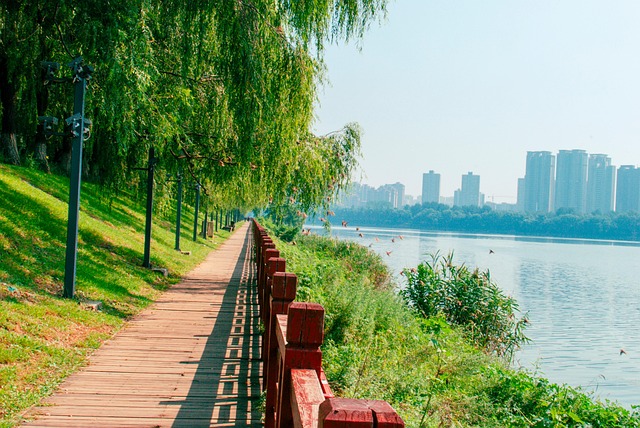

Geography and Key Cities
Liaoning features a diverse landscape of mountains, plains, and coastline, including the Liaodong Peninsula, Changbai foothills, and rivers such as the Liao and Daliao. The climate is humid continental, with cold, snowy winters and warm, humid summers influenced by monsoons.
Shenyang, the provincial capital, is a major political, industrial, and transport hub, historically serving as a dynastic capital and center of heavy industry.
Dalian, a port city on the Yellow Sea, is famous for beaches, shipping, and modern commerce.
Anshan is known for steel production, while other key cities like Fushun, Liaoyang, and Benxi contribute through mining, industry, and cultural heritage.
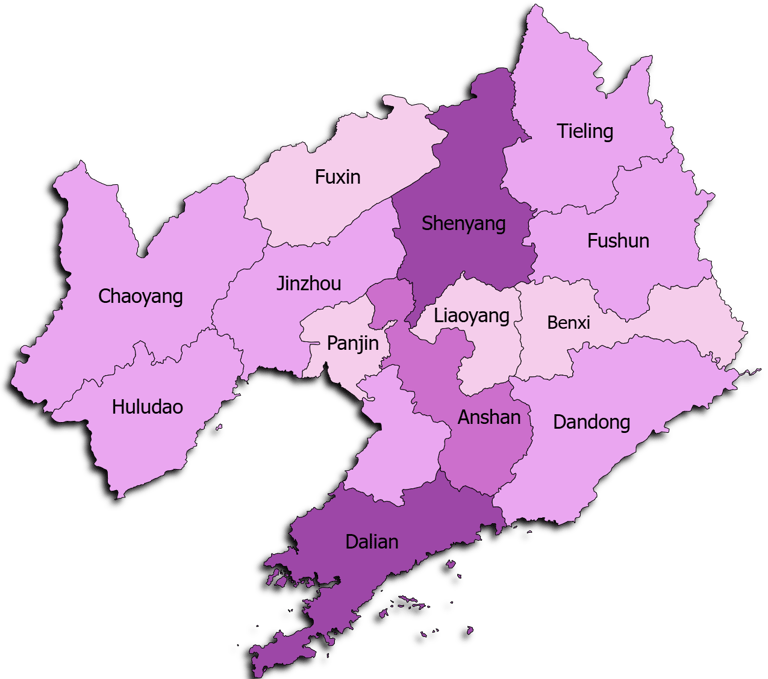



Liaoning has long held a strategic position in China’s history. During the Liao, Jin, and Qing dynasties, it served as both a northern frontier and a political center, with Shenyang acting as the early capital of the Qing Empire before Beijing. Its fertile plains and coastal access encouraged early trade and migration, connecting inland Manchuria with the Korean Peninsula and the rest of northern China.
In the 20th century, Liaoning became the heart of China’s heavy industry, a legacy shaped first by Japanese industrial development in Manchukuo and later by the Communist industrialization campaigns of the 1950s. Cities such as Anshan and Fushun grew around steel, coal, and machinery production, giving the province an economic identity distinct from the more agricultural south.
Today, Liaoning is working to revitalize its aging industrial base while investing in innovation, logistics, and port economies, especially around Dalian. The province’s blend of imperial heritage, industrial history, and modern transformation makes it one of the most revealing examples of how northeastern China is adapting to a changing economy and identity.
Historical Background
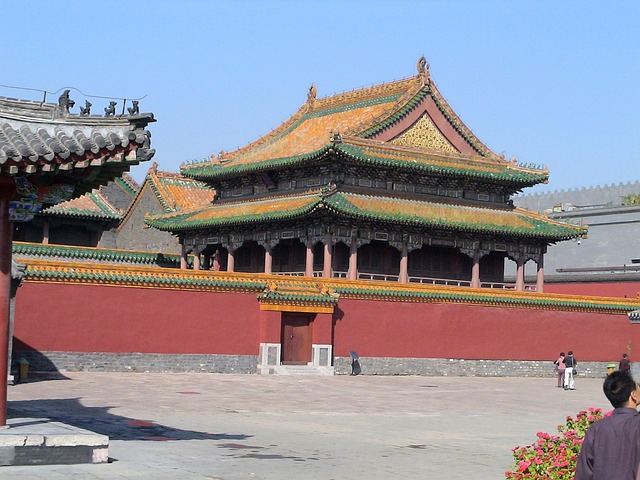



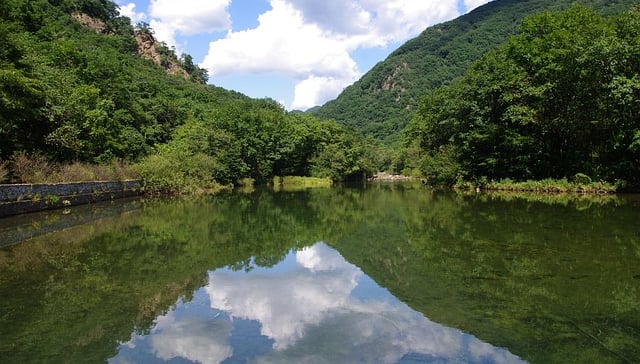

Nature and Landmarks
Liaoning offers a mix of mountains, rivers, and coastline, where nature and history overlap at every turn. The Liaodong Peninsula stretches into the Bohai Sea with long sandy beaches, coastal cliffs, and fishing villages, making it one of northeastern China’s most scenic areas. Inland, the Qianshan Mountains near Anshan are known for their temples nestled among pine forests and panoramic hiking trails, while the Benxi Water Cave, one of Asia’s largest underground river systems, attracts both tourists and geologists.
The province’s cultural landmarks are just as striking: the Shenyang Imperial Palace, a UNESCO World Heritage site, offers a glimpse into early Qing architecture, while Liaoyang’s ancient walls and Yingkou’s port heritage recall centuries of trade and regional influence.
What makes Liaoning stand out is the contrast between its industrial cities and natural landscapes. In Dalian, clean beaches and urban parks coexist with high-tech zones and port activity, reflecting the province’s broader identity.
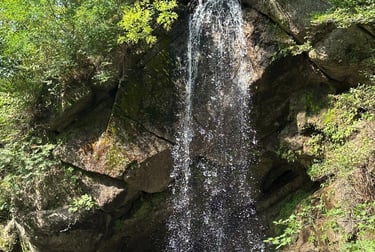



Culture and Cuisine
Liaoning’s culture reflects its position at the crossroads of China, Korea, and the wider Northeast Asian region. As both a historic frontier and a modern industrial hub, the province blends imperial heritage, northern folklore, and coastal traditions in a way that feels distinctly northeastern.
Architecturally, Liaoning spans centuries of transformation , from the Shenyang Imperial Palace, echoing early Qing power, to Dalian’s European-style avenues and coastal forts built for maritime defense. Smaller towns preserve Manchu courtyards and Japanese-era industrial sites, reminders of the province’s layered history. Along the Korean border near Dandong, local culture shows clear cross-cultural influences: Korean minority communities maintain their own language, cuisine, and festivals, contributing to Liaoning’s diversity.
Traditional life remains vibrant through temple fairs, ice festivals, and dragon boat races, as well as storytelling, yangko dance, and folk opera. Martial arts and folklore are also deeply rooted, especially in rural areas, where tales of northern heroes and spirits are still told during the long winters. Folk crafts like paper-cutting, embroidery, and shadow puppetry often depict the province’s natural landscapes.
Cuisine in Liaoning mirrors its geography and climate: hearty, warming, and full of flavor. Locals rely on wheat and corn rather than rice, and meals often combine mountain produce, preserved vegetables, and seafood from the Bohai Sea. Signature dishes include guo bao rou (crispy sweet-and-sour pork), braised meats with soy and spices, steamed clams and crab, and pickled kimchi-style vegetables, a tradition shared with neighboring Korea. In summer, Dalian cold noodles offer a refreshing contrast to the heavy winter fare.
Compared to southern provinces, Liaoning’s food and culture feel more robust and communal, shaped by cold winters, coastal life, and centuries of frontier exchange : a true reflection of the province’s place between the heart of China and the Korean Peninsula.


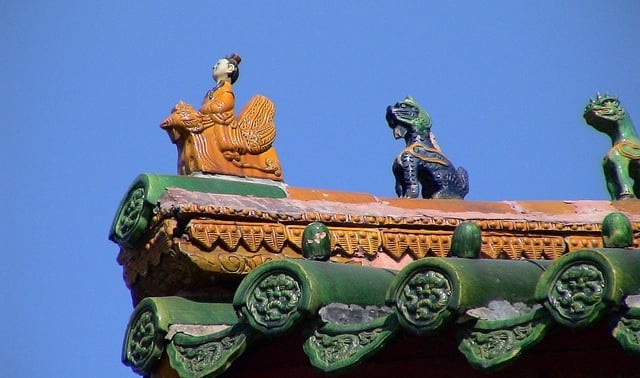

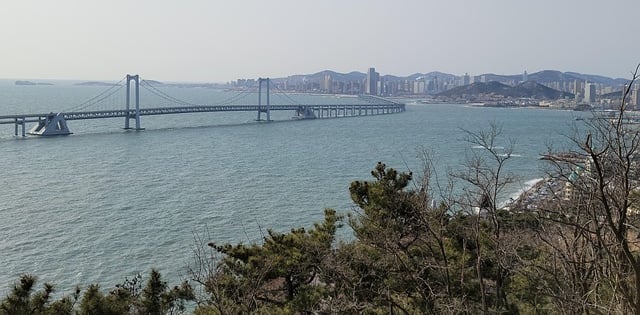

Economy and Modern Development
Liaoning is one of the main economic engines of northeastern China, combining a long industrial history with ongoing efforts to modernize and diversify. Cities like Shenyang, Anshan, and Dalian each play distinct roles in the provincial economy. Shenyang has been a center for machinery and automotive production and is increasingly investing in aerospace and robotics. Anshan remains important for steel production, while Dalian, with its deep-water ports and international trade connections, drives shipping, logistics, and finance.
The province’s coastal position on the Bohai Sea has supported trade, fishing, and maritime industries for centuries, giving Liaoning advantages that inland provinces lack. In recent decades, the province has worked to reduce its reliance on heavy industry by developing high-tech zones, research clusters, and renewable energy projects.
Tourism contributes increasingly to the economy through historical sites, industrial museums, and coastal attractions. Overall, the province balances its industrial past with innovation and connectivity, maintaining its role as a key hub in northeastern China.
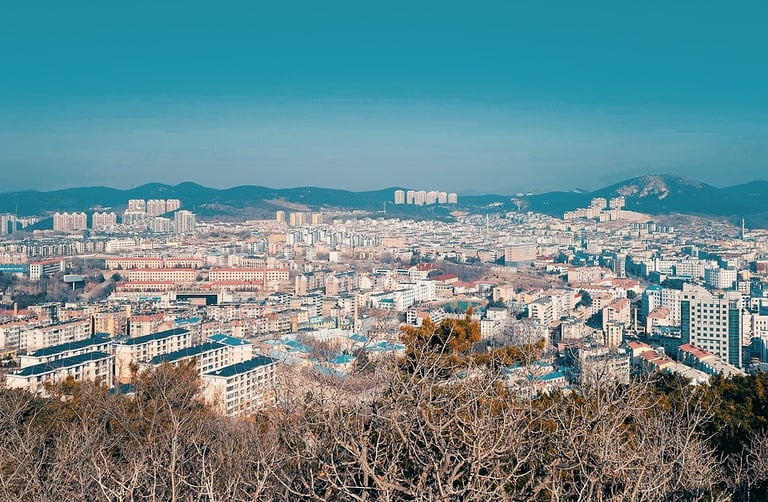

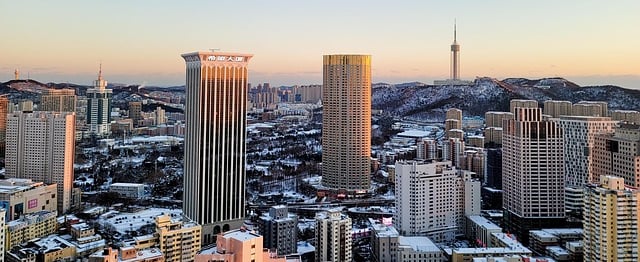

Liaoning has produced influential figures in politics, industry, literature, and the arts. Leaders, scholars, and reformers from Shenyang, Dalian, and Anshan contributed to dynastic governance, industrial development, and modern education. Revolutionary leaders and military strategists active in northeastern China also hail from the province, reflecting its strategic importance.
Liaoning is equally renowned for martial arts traditions, industrial expertise, and winter sports, making it a regional cultural and educational beacon. In modern times, Liaoning continues to produce scientists, entrepreneurs, athletes, and artists who embody its coastal, mountainous, and industrial heritage.
People and Notable Figures
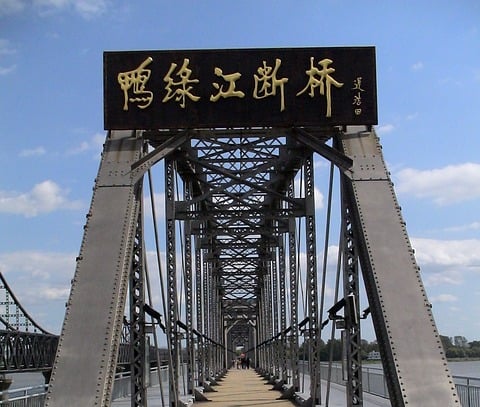

Current Trends and Daily Life
Life in Liaoning blends industry, history, and natural landscapes in a way that is unique to northeastern China. Cities like Shenyang and Dalian are centers of technology, manufacturing, and port activity, while smaller towns and coastal villages maintain agricultural, fishing, and artisanal traditions. The province’s mountains, rivers, and coastline are not just scenic : they shape local lifestyles, from seasonal festivals to outdoor recreation.
Cultural life is rich and varied. Temple fairs, dragon boat races, ice and snow festivals, and folk performances keep traditions alive, while modern arts, museums, and cultural centers in urban areas reflect Liaoning’s industrial and historical heritage. Along the border with Korea, local cuisine, music, and festivals show cross-cultural influences that are not found elsewhere in China.
Compared with southern provinces, Liaoning feels more rugged, industrial, and frontier-oriented, yet its natural resources, coastal access, and historical sites create a province where heritage, innovation, and daily life are closely intertwined, giving it a character all its own.
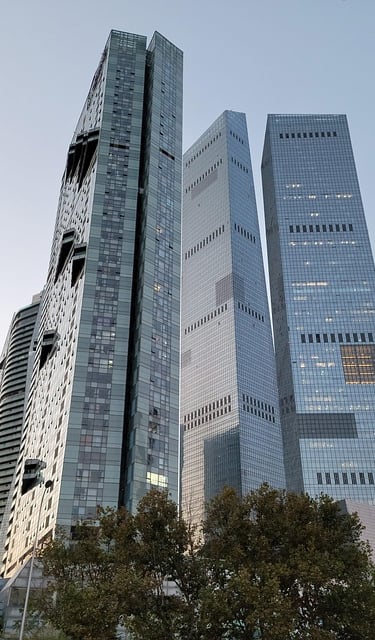

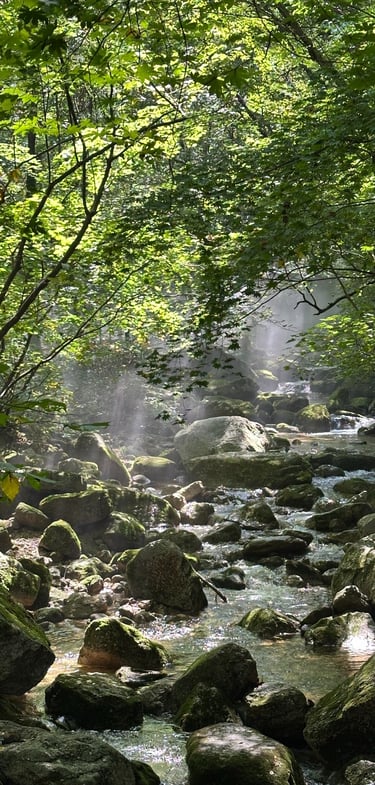

Practical Travel and Tips
Best time to visit: Spring and autumn offer mild weather and scenic landscapes, summer is warm and humid, and winter is cold with snow and ice festivals
Getting there: Shenyang and Dalian are major transport hubs with high-speed rail, highways, ports, and airports, accessible from most major Chinese cities
Highlights: Shenyang Imperial Palace, Dalian beaches, Changbai Mountains foothills, Benxi Caves, Liaoyang ancient city, coastal parks
Local etiquette: Expect practical, polite manners, respect temple rituals and coastal or frontier customs
Insider tip: Try guo bao rou or seafood dishes, explore historical Shenyang, enjoy beaches and parks in Dalian, and visit mountains or caves for hiking and nature.
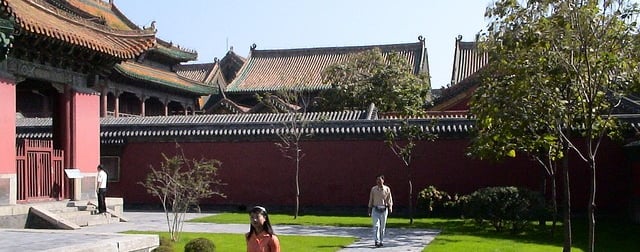



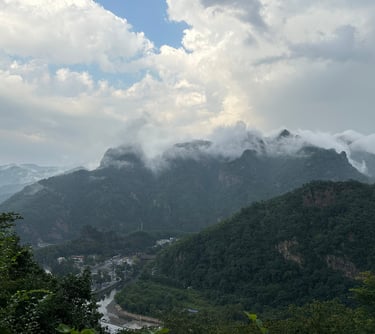



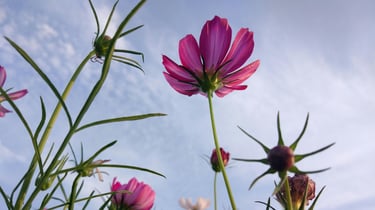





Climate
Plant and animal life
Agriculture
Manufacture
Liaoning has a temperate continental climate, with cold, dry winters and warm, humid summers.
Winter temperatures frequently drop below −10°C, especially in inland areas, with occasional snowstorms, while summers are warm and wet due to monsoon influences, with temperatures often reaching 28–32°C.
Spring and autumn are short but comfortable, with mild temperatures and lower rainfall.
Compared with southern provinces, Liaoning’s climate is colder in winter, drier in spring, and has more pronounced seasonal variation.
Liaoning’s geography from the coastal plains along the Yellow Sea to the Liaodong Mountains supports diverse ecosystems.
Forested mountains and hills shelter pine, oak, and birch trees, while wetlands and coastal areas host reeds, migratory birds, and marine life such as seagulls and crabs.
Wildlife includes red-crowned cranes, sika deer, roe deer, wild boars, and freshwater fish.
The province’s flora and fauna are strongly influenced by temperate forests, coastal wetlands, and river basins, offering greater biodiversity than the more arid northern regions.
Liaoning is a major producer of corn, wheat, soybeans, and sorghum, with rice cultivation in irrigated plains. Vegetables, fruits, and peanuts are also common, while aquaculture along rivers and the coast supplies fish and shellfish.
Compared with southern provinces, Liaoning’s farming emphasizes grain crops adapted to cooler climates, reflecting its temperate conditions and fertile plains in the central and southern parts of the province.
Agricultural practices are shaped by the seasonal climate, including winter frost and summer monsoon rains.
Liaoning combines heavy industry, machinery, petrochemicals, and port logistics. Shenyang and Dalian are industrial hubs, with shipbuilding, steel, and automotive production forming the backbone of the economy, while coastal ports support shipping, trade, and seafood processing.
Tourism along the coast and in historical cities like Dalian and Shenyang adds economic value.
Historically, Liaoning’s industries grew due to its strategic position near the Bohai Sea, rich mineral resources, and early industrialization in the 20th century. Recent investments in technology, research, and modern logistics have diversified the economy.
Navigation
Main Menu
nathan.china-sphere.com
© 2025. All rights reserved.